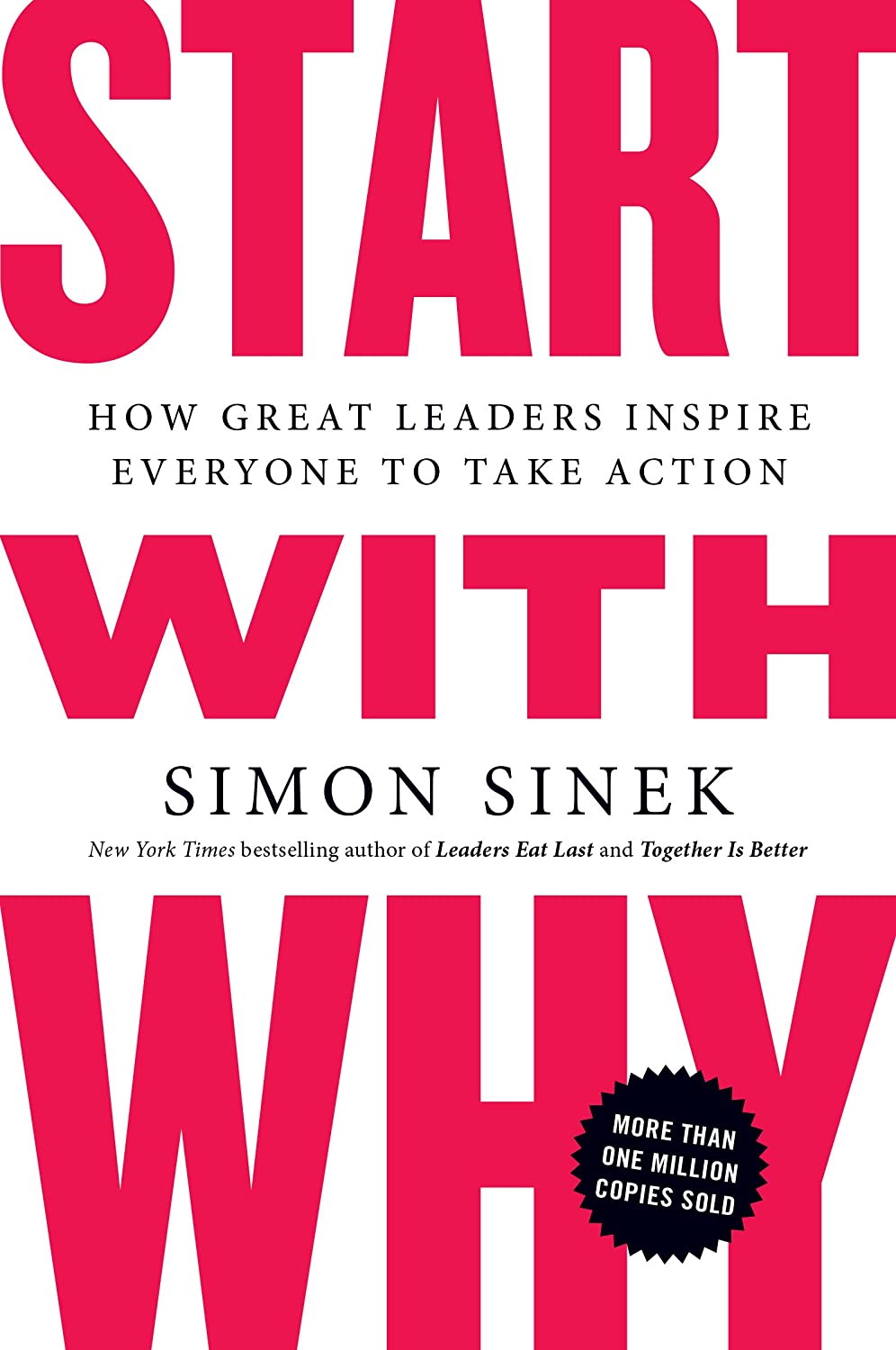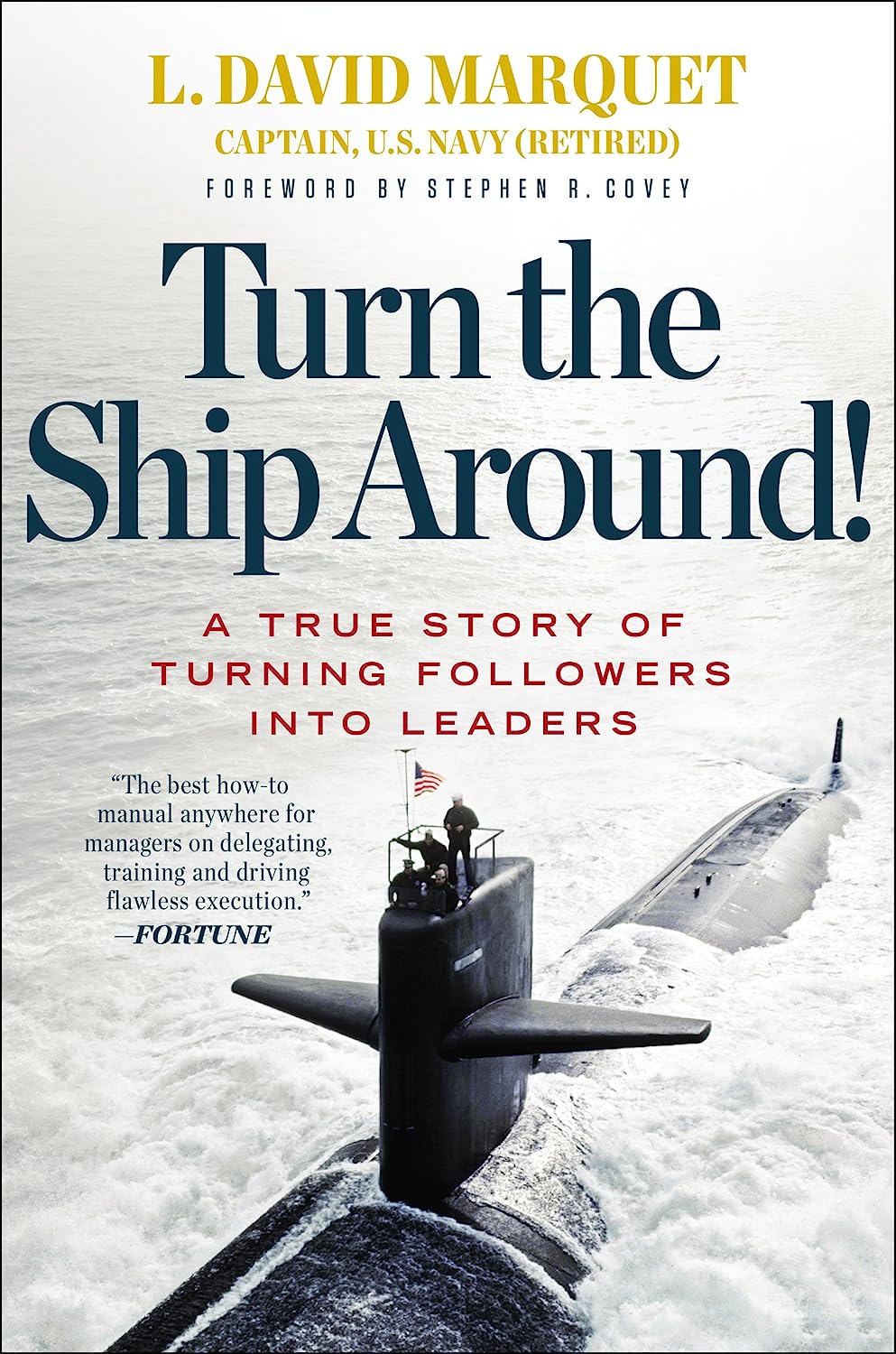When it comes to advice for small business owners, both young and experienced, the internet is not lacking. It seems as though everywhere you turn, there’s an article, video, or podcast filled with the do’s and don’ts of leadership. However helpful this information may be, it can still lack the depth and elaborate insight that books can offer.
The expert authors of books on this topic can agree on this: Leadership is not easy, and being a people person is not enough to excel. Instead, there are methodologies, tricks, and tips that can help established professionals lead teams with the confidence and expertise that is expected of them.
Here are five book recommendations that can serve as a guide through the challenging world of small business management.
Start With Why by Simon Sinek


“Start With Why” dives into the significance of asking “Why?” in business and in life. The first lesson readers can take straight from the title is that understanding and properly articulating the inner purpose, or the ”why,” behind a leader’s actions is essential for long-term success.
Sinek uses the notion of the “Golden Circle” to demonstrate this point. The question “Why?” lies at the middle of the circle to represent the reason, purpose, and beliefs that drive everything people do. Then comes “How?”, the means and processes by which people will attain their goal. Finally, it comes down to “What?”, the products or services that arise from these actions.
Most organizations make the mistake of starting with “What?” and forget to effectively communicate “Why?”, which results in losing the emotional connection with their employees and consumers.
Small business leaders that start with “Why?” attract others with the same vision and values. ”Start With Why” invites readers to connect with the inner motive driving their actions and to articulate it truthfully and consistently.
No Rules Rules by Erin Meyer and Reed Hastings


Netflix has earned its title as a leader in the streaming industry. In this book, Meyer and Hastings explore the road to success Netflix took in order to become such a household name and the lessons leaders of today can extract from this company’s strategies.
As the co-founder of Netflix, Hasting reveals the management principles that the executives established from the start. These principles include the importance of total transparency inside the company and promoting an atmosphere where individuals are encouraged to make their own decisions and take measured risks without fear of severe consequences.
By putting innovation above efficiency, Hastings gave his employees the autonomy to work boldly. And it inspired many other companies to borrow some of these exact principles in order to support efficient collaboration between employees and management.
Turn This Ship Around by David Marquet


Former Navy captain David Marquet dared to challenge the traditional follower-leader approach. During his time in the U.S. Navy, Marquet learned the dangers of leading teams that unquestioningly do as they are told and lack critical thinking of their own. He wrote his book in order to talk about the vital role empowerment plays in leadership.
Marquet saw what happened when orders were delivered in a high-stress atmosphere as the commander of a nuclear-powered submarine: low performance and eroded morale among the crew. As he altered his approach, let go of his need to take control, and delegated responsibility to his subordinates, he saw followers become leaders. And he believes that leaders today could employ the same concept. This book is about returning control to your team, trusting them to make sound judgments and aiding them from a true leadership position, not authority.
Lead, Develop, Care by Terry Cook


Terry Cook is an experienced teacher, life coach, and leader who believes that leadership is best taught through practice, as presented in his book. With a series of frameworks, exercises, and game plans on the practices of leadership, the author presents valuable guidelines that are applicable not only in the workplace but also in day-to-day scenarios.
The title encapsulates the essentials of leadership. Cook argues that effective small business management goes beyond product management, supply chain, and budgeting. He talks about the empathy necessary to inspire and empower employees, as well as the vision a leader must have not just for the development of the organization but also for the development of individuals under their influence.
Getting Things Done When You’re Not In Charge by Geoffrey Bellman


Not all leaders start from a position of leadership. This book explores that premise, along with themes of informal leadership, and starts a conversation on driving change and innovation without the formality of a title.
Bellman offers practical insights into workplace dynamics, having an impact in an organization, and finding the right people to follow your lead whether you are in charge or not. With straightforward advice, this book can help any current or future leader put more focus on effectiveness and gain satisfaction in their work life.
These books can help readers look at leadership differently and see it as a skill that can be developed, not something people are born with. They provide helpful hints for anybody who wishes to create a success-driven attitude and investigate other points of view in order to make substantial contributions to any profession.







